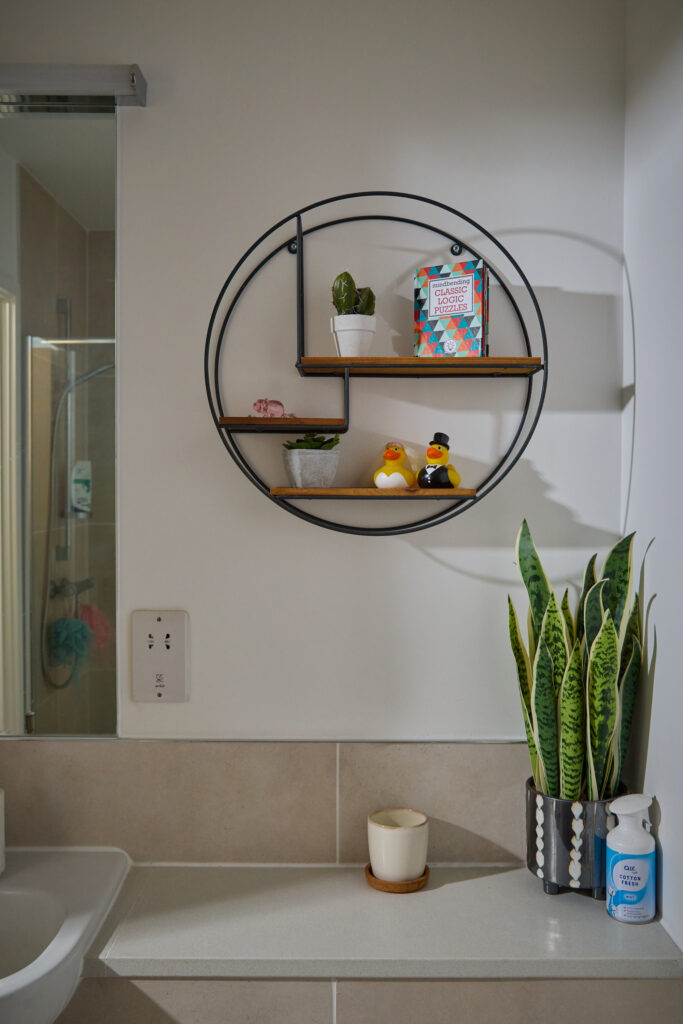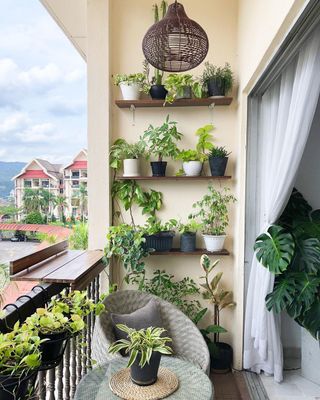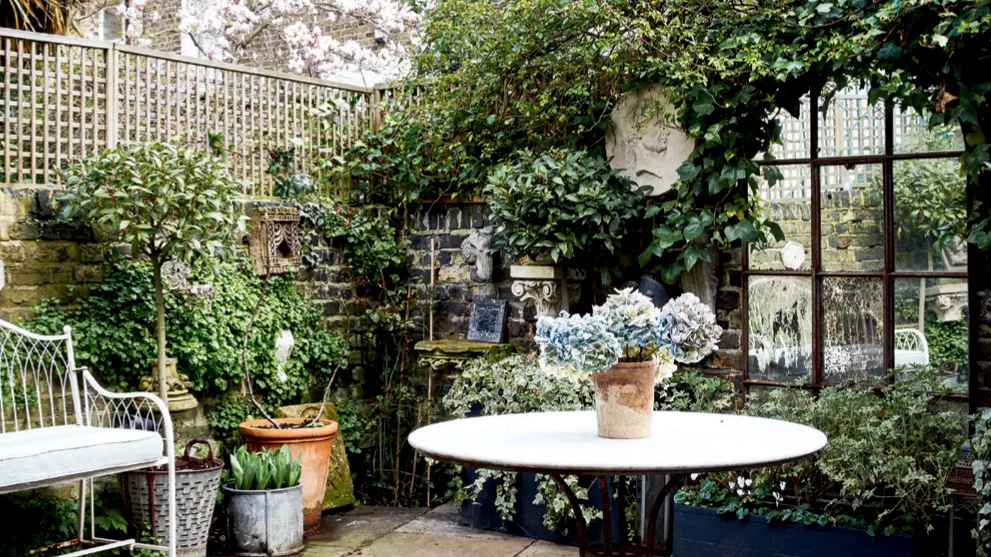Pocket are working harder than ever to help Londoners get onto the property ladder. We love this city, especially during the festive season.
In this blog, we’ve rounded up some of our favourite Christmas markets in London to get you into the holiday spirit. A few of these hidden gems take place in neighbourhoods our Pocket communities call home. You can visit our development page to see where we’ve built our first time buyer homes and how they’ve become thriving communities.
Add them to your list and start planning your winter outfits!

Kingston Christmas Market: 13 November – 28 December 2025
Set on the riverside in Kingston, this European-style Christmas market is the perfect setting for you to feast, browse, and soak up the magic of the season.
Whether you fancy watching the Christmas choirs, sipping on a mug of mulled wine, or tasting a variety of festive food options, there is something for everyone!
Walthamstow’s Christmas Makers Market: 30th November 2025
If you’re looking to support local, this one’s for you. Stroll through a market that truly honours handmade goods where you’ll find an array of authentic crafts from Walthamstow’s finest local artisan traders.
From illustrations, to candles and jewellery, you’ll be spoilt for choice if you’re looking for something to gift your loved ones.
Book your ticket on Eventbrite to secure your spot.
Harrow’s Christmas Light Trail: selected dates throughout December
Wander through the magic of Harrow’s Christmas Light Trail.
Experience a real sense of Christmas charm and excitement while you wander through this dazzling route filled with a variety of festive food and beverage trucks. Pets are welcome too!
Barnet Christmas Fayre: 7th December 2025
This years’ annual Barnet Christmas Fayre is happening on Sunday the 7th of December, with activities kicking off at noon.
Here you’ll be encircled by entertainment including buskers, choirs, activities for children, and plenty of food and beverage stalls to choose your favourite Christmas delights.
Southbank Winter Market: 3rd November – 4th January 2025
Head into central to one of London’s most iconic Christmas markets, located underneath the Hungerford Bridge and along the riverside of the Thames.
Surrounded by the twinkle of fairy lights, this is the perfect outing to spend with family or friends. Grab a warm hot chocolate as you explore loads of unique crafts made by independent creatives.
The Big Market at BOXPARK: Croydon: 23rd November – 13th December 2025
If you love to support local and are looking for some fun, unique pieces, The Big Market in BOXPARK Croydon is the place to be. Here you will find art, jewellery, records, vintage clothes and so much more.
While you shop, there will be a DJ on deck all day to keep the vibes up, and you won’t be disappointed by the great selection of food and drink options too!
Richmond Christmas Market: 23rd – 24 November 2025
A two-day Christmas event set on the scenic riverside banks of Richmond.
This market will feature a range of brand-new traders where you’ll find festive gifts, and mouth-watering food to get you indulging in sweet and savoury holiday favourites.
Royal Mews Christmas Pop-Up Shop: 4th November – 5th January 2025
Buckingham Palace will have their first ever pop-up Christmas shop at the Royal Mews this festive season.
Located minutes away from the royal gates with gifts inspired by royal tradition. You’ll be able to enjoy a curated selection of sweet treats or fine wines, which you won’t want to miss!
Wherever you celebrate this festive season, be it Kingston or Croydon, there’s no place like London to call home.
If you’re dreaming of owning your own home in London, discover how Pocket can help you get onto the property ladder. Log into your My Pocket account to see which developments you’re eligible for.










